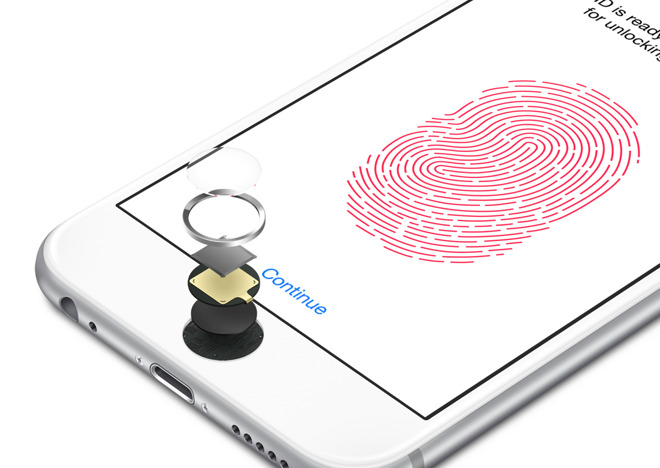In a new research note from analysts with Goldman Sachs (via Barron's), the pricing of Apple's (AAPL -1.22%) upcoming premium iPhone, widely referred to as iPhone 8, has seemingly been revealed.
Per the analysts, the baseline iPhone 8 model, which will apparently sport 128 gigabytes of storage, will be priced at $999. There will also reportedly be a version with 256 gigabytes of storage for $1,099.

Image source: Apple.
What does this mean for Apple, its customers, and its stock? Let's dive in.
An average selling price boost
Goldman Sachs analyst Simona Jankowski predicts that for fiscal year 2018, Apple's iPhone average selling price will be $763 -- a substantial boost from the $645 that it saw in fiscal year 2016 and even a solid jump from the $694 average selling price that the company's iPhone business saw in the first quarter of Apple's fiscal year 2017 (which should represent the peak for the fiscal year).
Underlying her assumption is that the bulk of Apple's iPhone shipments in fiscal year 2018 -- 58%, to be precise -- will consist of the premium-priced iPhone 8 models.
Only time will tell how accurate Jankowski's product mix and average selling price assumptions ultimately prove to be (even Apple will be "guessing" at this point), but I do think that the general trend that Jankowski is expecting will play out; the only question is of magnitude, not general direction.
A note on sustainability
It's easy for investors to be focused on how compelling Apple's upcoming product cycle could ultimately be. Indeed, it's been a while since Apple has brought substantial changes to the look and feel of its iPhone lineup (despite, of course, many technical/functional innovations), and Apple is trying something new by introducing premium models.
Indeed, for both Apple stockholders as well as individuals who simply enjoy buying and using Apple products, this year promises to be exciting.
However, there is the question of the sustainability of the average selling price boost that Apple's iPhone business is likely to enjoy this year. If the iPhone 8 winds up being a substantial part of Apple's iPhone mix this year, then it'll be due to the combination of very compelling new features on the iPhone 8 as well as the iPhone 7s/7s+ not being all that exciting.
It seems unlikely to me that Apple won't waterfall many of the innovations that it brings to the iPhone 8 down to the cheaper models for the product cycle that'll begin in the fall of 2018. What this could mean, then, is that Apple will need to do one of two things:
- Deal with average selling price erosion in that cycle, or
- find ways to keep the "premium" iPhone models several steps ahead of the more mainstream models.
The first option is the easier of the two, but clearly a substantial year-over-year iPhone average selling price regression following a so-called "super-cycle" wouldn't be the best way for Apple to maximize shareholder value.
The second option is the "obvious" direction to go, but that is far easier said than done. Apple is clearly investing substantially in research and development to try to fuel future innovations, but at the same time, not all major technological innovations (e.g. ,3D Touch) are effective in driving increased demand.
Indeed, the "innovation" that drove Apple's last major upgrade cycle was simply the transition to larger displays. The "innovations" that are expected to drive this year's major upgrade cycle (should it happen) are a full-face display and new look and feel.
Can Apple bring innovations like this to market each year from here on out? Only time will tell.





